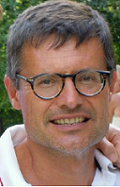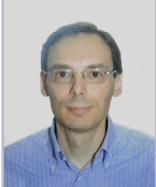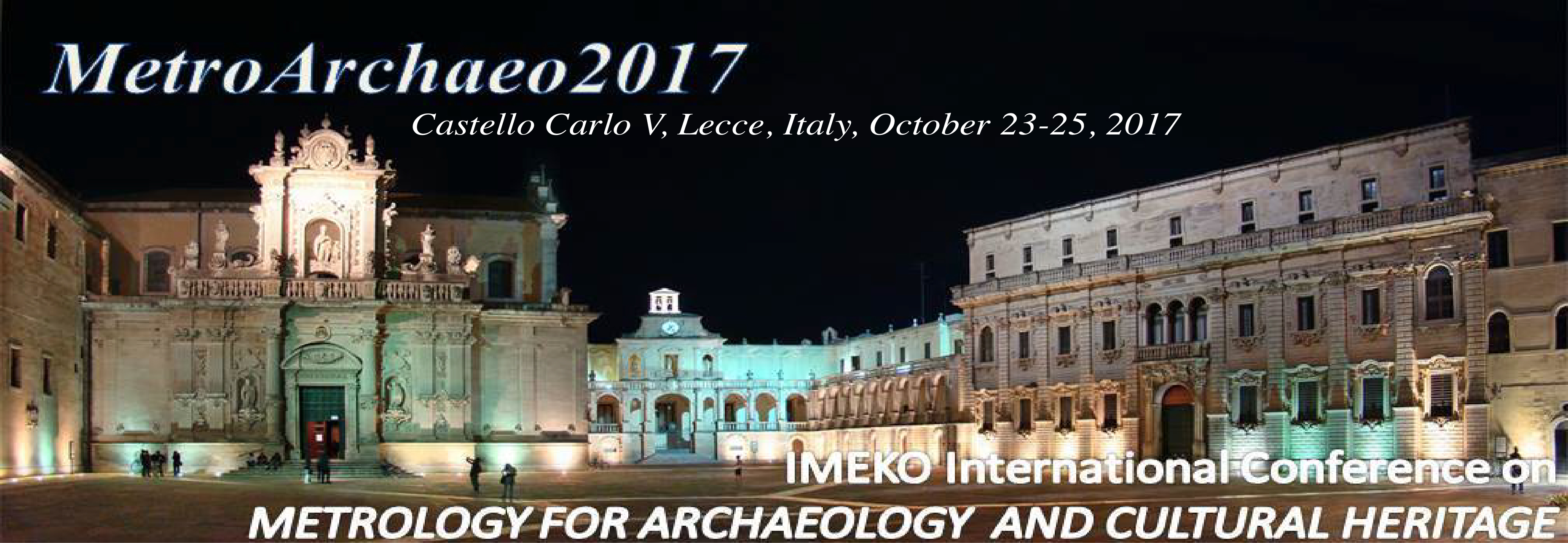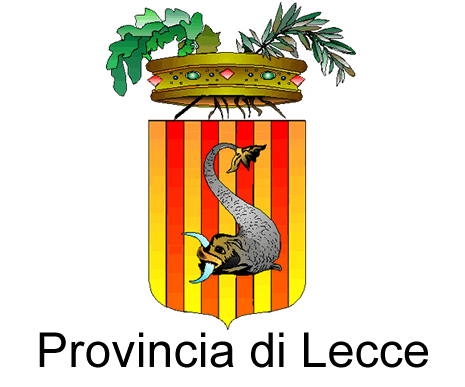Non-invasive systems and techniques for “on site” monitoring and diagnosis
Organizers
 Zaccaria Del Prete
Zaccaria Del Prete
Sapienza University of Rome
email: Questo indirizzo email è protetto dagli spambots. È necessario abilitare JavaScript per vederlo.
Zaccaria (Rino) Del Prete, graduated in 1990 in Mechanical Engineering and he is now full professor in “Mechanical and Thermal Measurements” at the Department of Mechanical and Aerospace Engineering of the University of Rome “La Sapienza”. He specialized for several years in measurement techniques for Biomedical Engineering at the University of Massachusetts (USA). His recent research interests are in biological tissue characterization, in new test protocols and monitoring techniques for renewable energy system.
He is a member of the IEEE – IMS Instrumentation & Measurement Society.
 Emanuele Piuzzi
Emanuele Piuzzi
Sapienza University of Rome
email: Questo indirizzo email è protetto dagli spambots. È necessario abilitare JavaScript per vederlo.
Emanuele Piuzzi received the M.S. (cum laude) and Ph.D. degrees in electronics engineering from Sapienza University of Rome, Rome, Italy, in 1997 and 2001, respectively.
He is currently an Assistant Professor of Electrical and Electronic Measurements with the Department of Information Engineering, Electronics and Telecommunications, Sapienza University of Rome.
He has co-authored over 100 publications. His current research interests include the measurement of complex permittivity of materials, time domain reflectometry applications, biomedical instrumentation design, and evaluation of human exposure to electromagnetic fields. Dr. Piuzzi is a member of the Italian Group of Electrical and Electronic Measurements, and the Italian Electrotechnical Committee.
Abstract
On-site monitoring of both archaeological sites and museum exhibits is of fundamental importance for a correct preservation of cultural heritage, preventing degradation phenomena through appropriate countermeasures taken at an early stage.
An effective and proactive monitoring entails two main aspects: constant measurement of the quality of the environment, both inside a museum or at a historical site, and periodical assessment of the preservation status of cultural heritage artifacts.
Within such context, this special session focuses on the latest trends in sensors and sensor networks for environmental monitoring and non-destructive testing and diagnosis techniques for historical artifacts, including, for example:
- Environmental sensors (temperature, humidity, pressure, etc.)
- Sensors for pollution (particle matters and gaseous compounds)
- Vibration sensors
- Microwave diagnostic systems (spectroscopy, GPR, resonance methods, etc.)
- Optical methods (visible, IR, UV, etc.)
- X-ray scanners
- Thermal imaging
- Deformation analysis
- Sensor networks
























